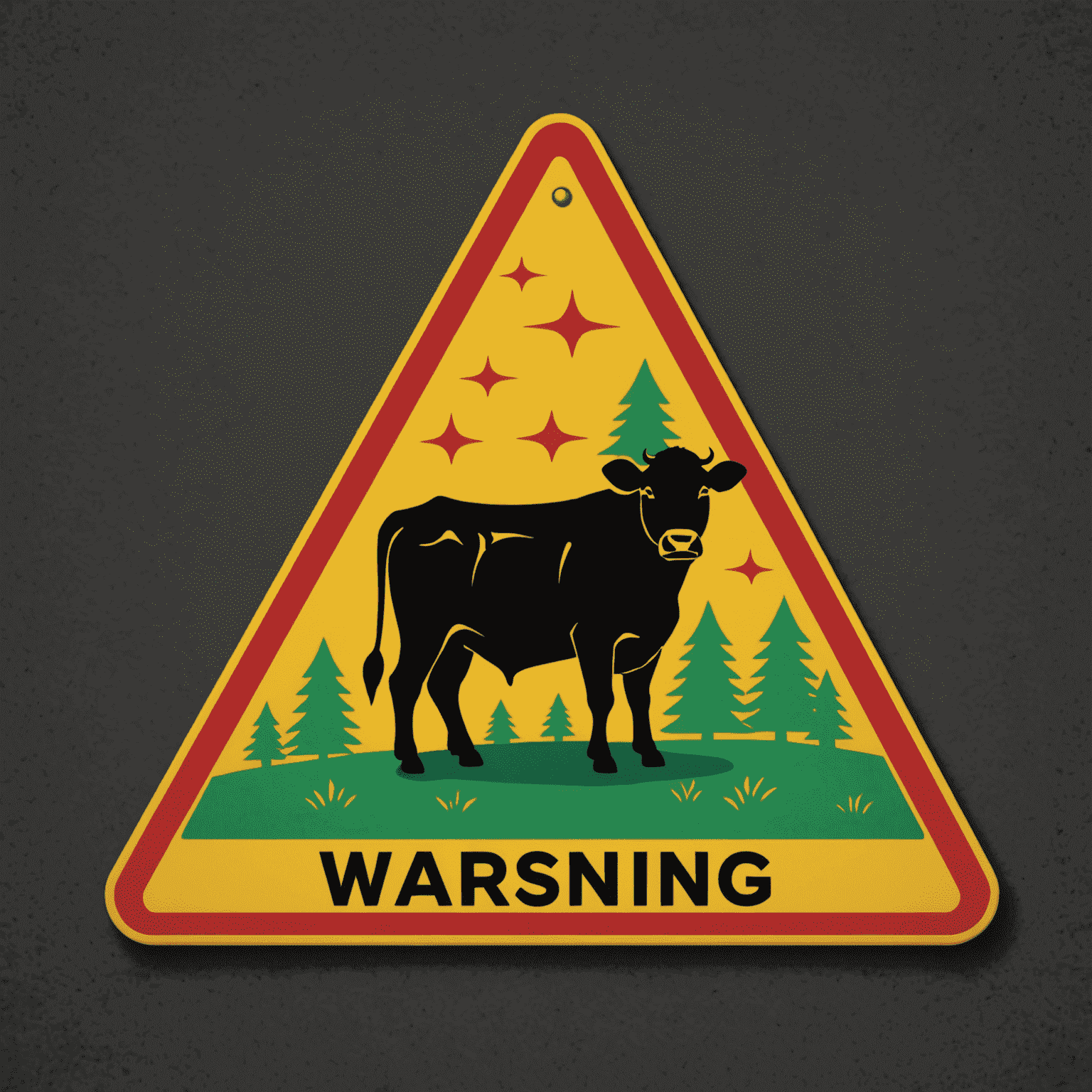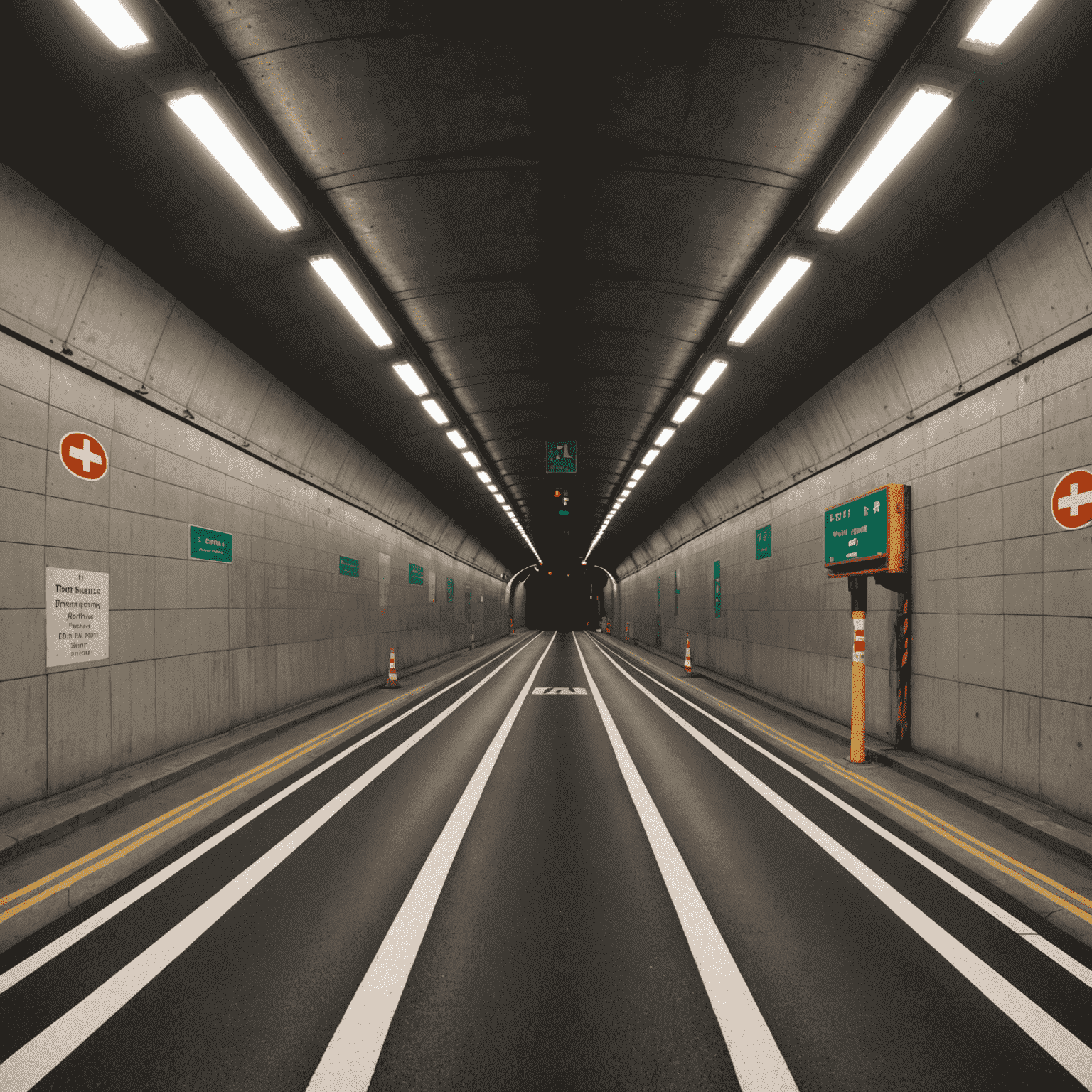Swiss Highway Safety Tips: Navigating Alpine Roads with Confidence

Embarking on a Swiss highway adventure offers breathtaking views and unforgettable experiences. However, navigating these alpine roads requires special attention to safety. Here are essential guidelines to ensure a secure and enjoyable journey through Switzerland's picturesque landscapes.
Mountain Driving Etiquette
- Yield to ascending vehicles on narrow mountain roads
- Use low gears when descending steep gradients to prevent brake overheating
- Be prepared for sudden weather changes and carry appropriate equipment
- Keep a safe distance from vehicles in front, especially on winding roads
- Use designated passing places and be patient with slower vehicles
Understanding Swiss Traffic Signs
Swiss road signs may differ from what you're accustomed to. Familiarize yourself with these common signs:

Snow chains or winter tires required

Animal crossing

Priority road
Essential Safety Tips for Swiss Highways
- Always wear seatbelts – it's mandatory for all passengers
- Adhere to speed limits: 120 km/h on motorways, 80 km/h on main roads, 50 km/h in built-up areas
- Use dipped headlights during daytime – it's a legal requirement
- Be cautious of cyclists and pedestrians, especially in urban areas and on mountain passes
- Keep right except when overtaking on multi-lane highways
- Plan your route in advance and be aware of toll requirements (vignette) for motorways
- Take regular breaks, especially during long mountain drives
Navigating Tunnels Safely
Switzerland is known for its numerous road tunnels. Follow these guidelines:
- Switch on your lights before entering
- Maintain a safe distance from the vehicle in front
- Do not stop unless in an emergency
- In case of breakdown, use emergency bays and activate hazard lights

Emergency Preparedness
Be prepared for any situation by:
- Keeping emergency numbers handy: 117 for police, 144 for ambulance, 1414 for air rescue
- Carrying a first-aid kit, warning triangle, and reflective vest (all mandatory in Switzerland)
- Checking weather forecasts and road conditions before your journey
- Ensuring your vehicle is in good condition, especially brakes and tires
By following these safety guidelines, you'll be well-prepared to enjoy the stunning beauty of Swiss highways and mountain passes. Remember, safe driving ensures not only your security but also allows you to fully appreciate the magnificent Alpine landscapes and lakeside views that make Swiss road trips truly unforgettable.